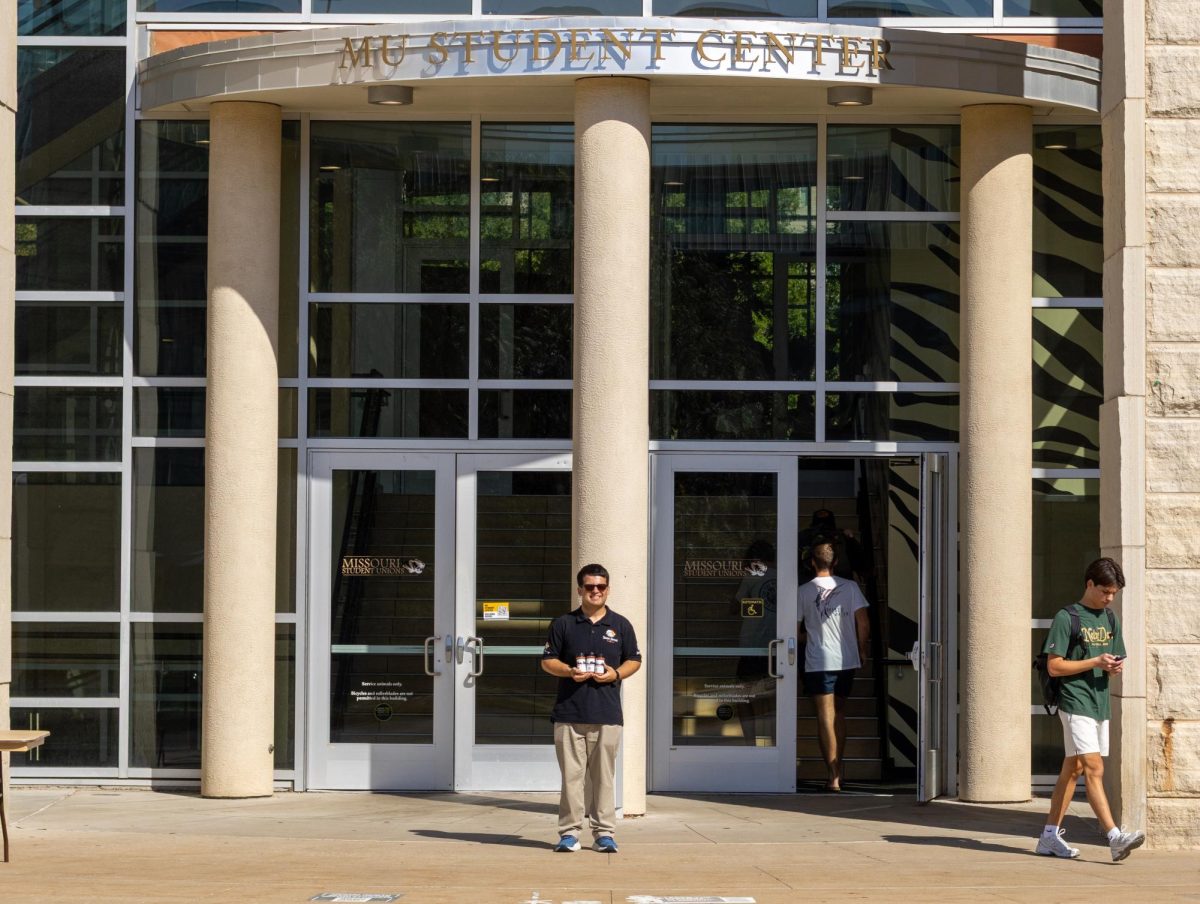MU’s Sinclair School of Nursing was ranked the [No. 1 nursing school in the nation](http://www.collegeatlas.org/top-nursing-schools-2014.html), leading three other Missouri nursing programs — Southeast Missouri State University (No. 4), Truman State University (No. 6) and Missouri Southern State University (No. 7).
[CollegeAtlas](http://www.collegeatlas.org/), an online higher education evaluator, claims to rank each institution based on multiple criteria, including students’ pass rate in the National Council Licensure Examination for Registered Nurses (a certification exam required for all professional nurses), academic quality, affordability and accessibility.
####Academic distinction
According to the [school’s website](http://nursing.missouri.edu/about/pride-points/index.php), Sinclair’s NCLEX-RN pass rate is 96 percent for first-time test takers, which is above the national average of 90 percent.
Dean Judith Fitzgerald Miller said Sinclair’s ability to keep up with the contemporary health care industry sets the school apart from competing institutions.
“Our faculty knows all of the latest diagnostics and treatment, and the pharmaceutical dynamics,” she said. “We also use Google Glasses to allow students to record their procedures and upload them to YouTube … then the faculty view them for evaluations.”
Students at the school are also immersed in the Essig Clinical Simulation Center, where they roleplay real-world medical scenarios.
“In that simulation center, we have all kinds of challenges that a student would encounter in the real world,” Miller said. “And it’s in a protected environment in which they need to plan, do interventions and prioritize their care.”
Lea Wood, a graduate teaching assistant and coordinator of the simulation center, said the center is an essential part of the students’ education that distinguishes the school from competitors.
“It’s one of the things that really puts us a cut above the rest,” Wood said. “We can recreate real-life situations and also protect patients, who might feel like spectacles to students … It’s also a safe place for the students to learn and make mistakes without injuring anyone.”
Wood said she believes using the simulation center to train students better prepares them to become professional nurses.
“Not only do we teach our students how to be nurses and how to use their skills, we also teach them how to find their resources and use them effectively,” Wood said. “So, our students are able to give better care more efficiently.”
Junior Kendall Farnsworth said her experience at Sinclair has challenged and benefited her.
“My experience has been extremely difficult and rewarding at the same time, because we are learning things that apply to real-life situations,” she said. “And when you get into the clinical setting, you feel confident in the things that you learn in the classrooms and the (simulation center).”
Farnsworth also said that Sinclair’s educators add to her experience at the school.
“You can tell that they are very passionate about what they do and that rubs off on us,” she said. “It’s exciting that we’re in a profession that they care so much about and that they are teaching us the newer versions of everything.”
####Entry to the school
According to Miller, Sinclair maintains an 8-to-1 student-faculty ratio.
While the other criteria — affordability and accessibility — are as important as Sinclair’s academic strides, Miller said, balancing those may be a challenging task.
“Affordability is important because college can be an expensive deal,” she said. “Accessibility may be more of a challenge, since we have a lot more students who want to come here for nursing than we can admit, so we admit about a third of the students.”
Miller’s focus, however, is less on the quantity of students than on the diversity of the population admitted to the school.
“I look at it (accessibility) in terms of having a diverse student body and giving chances to people who have not had a chance in the past,” Miller said.
####On the map
Sinclair’s Director of Communications Brad Johnson believes the recent recognition helped attract more attention to MU’s nursing program.
“Within just three days that we have had the post up on Facebook, we have had 48,000 to 50,000 views on our page, which is something we have never seen before,” Johnson said.













